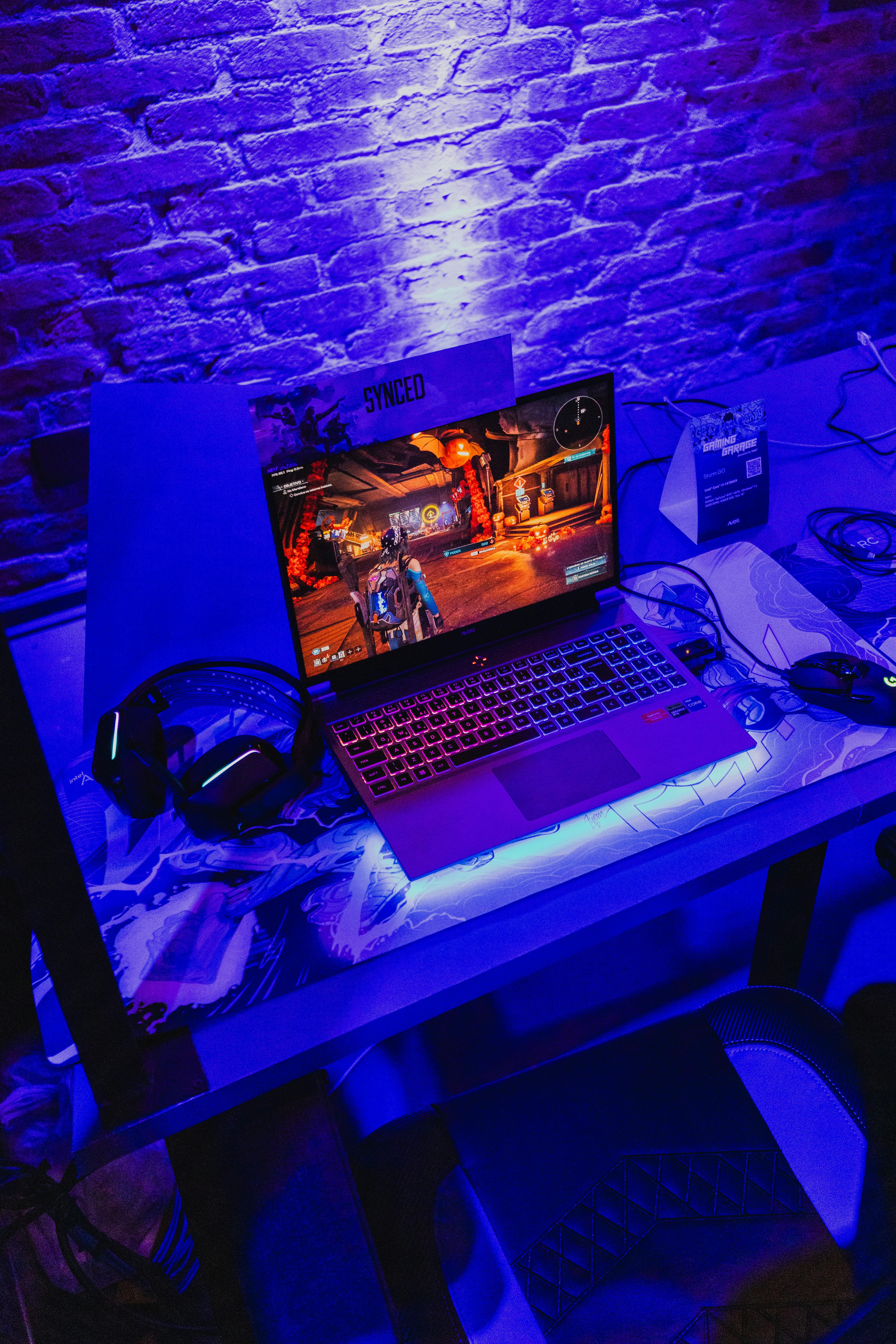In the world of contact sports and martial arts, safety is paramount. With the increasing popularity of fitness tech, it is essential to understand the safety features that these devices offer to ensure a safe and enjoyable workout experience. From impact sensors to injury prevention algorithms, fitness tech has revolutionized the way athletes and practitioners can protect themselves during intense training sessions and competitions. In this article, we will explore the various safety features found in fitness tech for contact sports and martial arts, providing you with valuable insights on how technology can enhance your safety while participating in these physically demanding activities.

Impact sensors
Measuring impact force
Impact sensors are a crucial safety feature in fitness tech designed for contact sports and martial arts. These sensors are capable of measuring the force of impacts during training or competition, providing valuable insights into the potential risk of injury. By tracking the magnitude and frequency of impacts, athletes and coaches can gain a better understanding of the physical demands placed on the body and make informed decisions to prevent injuries.
Alerting to dangerous impacts
Another essential function of impact sensors is their ability to alert athletes and coaches to dangerous impacts. These sensors can be programmed to detect impacts that exceed a certain threshold, indicating a high risk of injury. Upon detecting such impacts, the sensor can alert the wearer in real-time through a variety of means, such as a vibration or audible alarm. This immediate feedback allows athletes to take immediate action, evaluate their technique, and potentially avoid more serious injuries.
Smart mouthguards
Detecting concussions
Smart mouthguards have revolutionized the safety measures in contact sports and martial arts. Equipped with built-in sensors, these mouthguards can detect the impact force on the head and analyze the data to assess the likelihood of concussion. Concussions are a common and serious injury in these sports, and the ability of smart mouthguards to detect and provide feedback about potential concussions is a significant advancement in athlete safety.
Monitoring vital signs
In addition to detecting concussions, smart mouthguards also have the capability to monitor an athlete’s vital signs. By measuring metrics such as heart rate and oxygen saturation levels, these mouthguards can alert athletes and coaches to potential signs of overexertion or fatigue. This feature allows for early intervention, ensuring that athletes can rest or seek medical attention before their health deteriorates further.

Smart helmets
Providing head impact data
Smart helmets are another safety feature that has gained popularity in contact sports and martial arts. These helmets are integrated with sensors that can accurately measure and record head impact data. By collecting information about the location, intensity, and frequency of impacts, smart helmets provide valuable insights into the potential risk of head injuries, such as concussions. This data can be used to guide training strategies, equipment improvements, and injury prevention measures.
Assessing head injury risk
One of the most significant advantages of smart helmets is their ability to assess the risk of head injuries. By analyzing the impact data collected, these helmets can determine the likelihood of a player experiencing a concussion or other head-related injuries. This information can aid in making informed decisions regarding an athlete’s participation in a game or their need for medical evaluation. Ultimately, smart helmets play a vital role in ensuring the safety and well-being of athletes in contact sports and martial arts.
Protective wearables
Smart gloves
Smart gloves are designed to provide enhanced protection and safety in contact sports or martial arts. These gloves are equipped with sensors that can measure impact forces during punches or strikes, allowing athletes to understand the force exerted and potentially adjust their technique to avoid injury. Additionally, smart gloves can provide real-time feedback on the precision and speed of strikes, enabling athletes to refine their skills and minimize the risk of accidental injuries.
Smart shin guards
Shin guards are essential protective gear in sports like soccer and martial arts. Smart shin guards offer an added layer of safety by incorporating sensors that can detect forces and impacts on the shins. By monitoring these impact forces, athletes and coaches can gain valuable insights into the occurrence of potentially harmful events and make informed decisions to protect against injuries.
Smart chest protectors
Chest protectors play a critical role in safeguarding athletes in contact sports and martial arts. Smart chest protectors incorporate sensors that can detect impact forces on the chest, providing valuable information about the intensity and frequency of impacts experienced during training or competition. This data can be used to assess the risk of injury and guide adjustments in training techniques or protective gear to ensure athletes’ safety.

Biometric monitoring devices
Heart rate monitors
Heart rate monitors have become an integral part of fitness tech for contact sports and martial arts. These devices accurately track an athlete’s heart rate during training and competition, providing real-time data on their cardiovascular performance. Monitoring heart rate allows athletes to optimize their training intensity, prevent overexertion, and ensure they are within a safe and effective training zone.
Oxygen saturation trackers
Oxygen saturation trackers are valuable tools for monitoring an athlete’s respiratory health. These devices measure the level of oxygen saturation in the blood, providing insights into an athlete’s endurance and respiratory efficiency. By tracking oxygen saturation levels, athletes and coaches can identify potential breathing difficulties or lack of oxygen supply, enabling them to make necessary adjustments to training programs and minimize the risk of fatigue-related injuries.
Virtual reality training
Improving technique
Virtual reality (VR) training has revolutionized the way athletes train in contact sports and martial arts. By immersing athletes in a realistic virtual environment, VR training enables them to practice techniques and scenarios with high precision and intensity. This technology allows athletes to refine their skills, test different strategies, and improve their technique in a safe and controlled environment, reducing the risk of injuries during actual competition.
Reducing injuries
VR training not only improves technique but also plays a significant role in reducing the overall risk of injuries. By providing athletes with realistic simulations, VR training allows them to anticipate and respond to different situations without the physical impact associated with real-life training. This reduces the wear and tear on their bodies and minimizes the risk of overexertion or accidents that can lead to injuries. VR training thus serves as a preventive measure, ensuring athletes are better prepared and less prone to injuries during actual sports events.
Smart rings and wristbands
Measuring punch impact
Smart rings and wristbands are innovative wearable devices that can measure the impact force of punches in combat sports and martial arts. By analyzing the motion and impact patterns, these devices provide comprehensive data on the force exerted during strikes, allowing athletes to refine their technique and avoid potential injuries. This real-time feedback not only enhances performance but also promotes the safety and well-being of athletes by reducing the risk of excessive force or incorrect execution.
Providing real-time feedback
Another crucial feature of smart rings and wristbands is their ability to provide real-time feedback to athletes. By analyzing the impact data and comparing it to predetermined thresholds or established standards, these devices can offer immediate feedback on the quality and effectiveness of punches or strikes. Athletes can make necessary adjustments in real-time, ensuring proper execution and reducing the likelihood of injuries due to improper technique or excessive force.
Hydration monitoring
Tracking water intake
Hydration monitoring is vital in contact sports and martial arts, as athletes often engage in intense physical activities that can lead to significant fluid loss. Smart devices designed for hydration monitoring can track an athlete’s water intake, ensuring they meet their hydration goals throughout the day. By providing reminders or alerts, these devices help athletes maintain optimal hydration levels and prevent potential health complications associated with dehydration.
Alerting to hydration levels
In addition to tracking water intake, smart hydration monitors can also alert athletes to their hydration levels. By analyzing factors such as sweat rate, activity levels, and environmental conditions, these devices can estimate an athlete’s fluid balance and notify them when their hydration levels are low. This prompt notification allows athletes to take appropriate actions, such as consuming fluids or adjusting their training intensity, to maintain optimal hydration and avoid performance decrements or heat-related illnesses.
Temperature monitoring
Monitoring body temperature
Temperature monitoring is crucial in contact sports and martial arts to prevent overheating and heat-related illnesses. Smart devices designed for temperature monitoring can continuously track an athlete’s body temperature, providing real-time data on their thermal status. By monitoring body temperature, athletes and coaches can identify early signs of heat stress or overheating, enabling them to take immediate measures to cool down and prevent the progression of heat-related illnesses.
Preventing overheating
Preventing overheating is a primary concern in sports and martial arts, especially during intense physical exertion. Smart temperature monitors can alert athletes and coaches when the body temperature starts to rise to potentially dangerous levels. This early warning allows for appropriate interventions, such as rest, hydration, or seeking shade, to prevent the onset of heat exhaustion or heat stroke. By actively monitoring body temperature, athletes can train safely and optimize performance while minimizing the risk of heat-related injuries.
Injury tracking apps
Recording injuries and symptoms
Injury tracking apps have become invaluable tools for athletes and coaches in contact sports and martial arts. These apps allow users to record detailed information about injuries, such as the type, location, and severity. Additionally, athletes can track symptoms or pain levels associated with an injury over time, providing a comprehensive record of their recovery progress.
Tracking rehabilitation progress
One of the key benefits of injury tracking apps is their ability to track rehabilitation progress. These apps enable athletes to set goals, monitor their progress, and track improvements during the recovery process. By recording data such as range of motion, strength, and pain levels, athletes can objectively track their rehabilitation journey and ensure they are on the right path towards full recovery. Injury tracking apps thus play a crucial role in facilitating effective rehabilitation, preventing premature return to sports, and minimizing the risk of re-injury.
In conclusion, the integration of safety features in fitness tech for contact sports and martial arts has significantly improved athlete safety and well-being. From impact sensors and smart mouthguards to virtual reality training and injury tracking apps, these innovative technologies provide valuable insights, real-time feedback, and preventative measures to reduce the risk of injuries. By embracing these advancements, athletes and coaches can minimize the likelihood of accidents, optimize performance, and prioritize the long-term health and safety of athletes in contact sports and martial arts.

